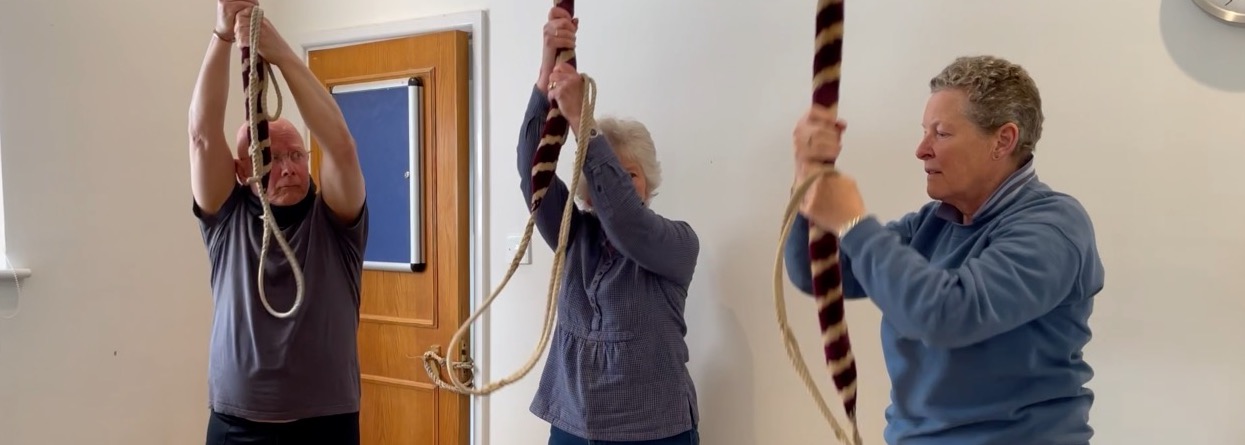Our online
learning courses are moving to: https://artonline.bellringing.org/.
In addition to the online courses, this new site also includes all ART's online resources:
- Recruitment and retention resources
- Methods toolboxes
- Advanced call change toolbox
- Handbell resources
- Simulator resources
- Teaching tips
- Learning tips









